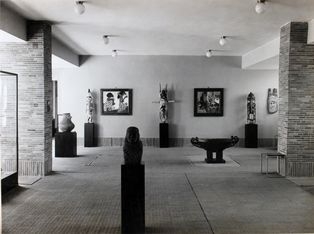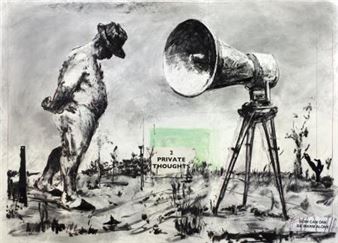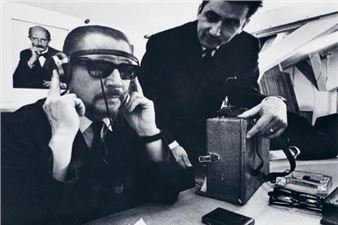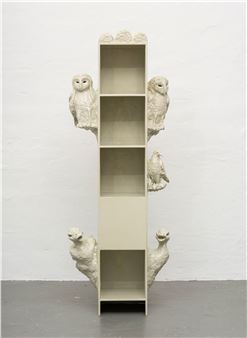"The most beautiful museum in the world" Folkwang Museum until 1933
This success story was described with incomparable simplicity by the co-founder of the New York Museum of Modern Art Paul J. Sachs during a visit to Essen in 1932 when he stated that the "Folkwang Museum" was the "most beautiful museum in the world".
A short time later the Nazis put a brutal halt to the progressive purchasing and exhibition policies of the museum and in 1937 confiscated more than 1400 works, which were subsequently legally sold and now form some of the great masterpieces in international museums and private collections, including paintings by Kandinsky, Matisse, Kirchner, Marc, Munch and Beckmann.
Sachs' words have now been used as the title of a special exhibition - and describe a concept that for the first time brings an old treasure of the museum back into the spotlight. As in the time of Osthaus, the masters of modern art now stand next to sculptures and objects from China, Japan, Greece, Egypt, Java and Oceania. The exhibition reconstructs this great collection for a period of four months and makes it an inspiring starting point for the future work of the museum.

Recommended for you
This success story was described with incomparable simplicity by the co-founder of the New York Museum of Modern Art Paul J. Sachs during a visit to Essen in 1932 when he stated that the "Folkwang Museum" was the "most beautiful museum in the world".
A short time later the Nazis put a brutal halt to the progressive purchasing and exhibition policies of the museum and in 1937 confiscated more than 1400 works, which were subsequently legally sold and now form some of the great masterpieces in international museums and private collections, including paintings by Kandinsky, Matisse, Kirchner, Marc, Munch and Beckmann.
Sachs' words have now been used as the title of a special exhibition - and describe a concept that for the first time brings an old treasure of the museum back into the spotlight. As in the time of Osthaus, the masters of modern art now stand next to sculptures and objects from China, Japan, Greece, Egypt, Java and Oceania. The exhibition reconstructs this great collection for a period of four months and makes it an inspiring starting point for the future work of the museum.
Artists on show
Contact details


 ARTISTS
ARTISTS
















